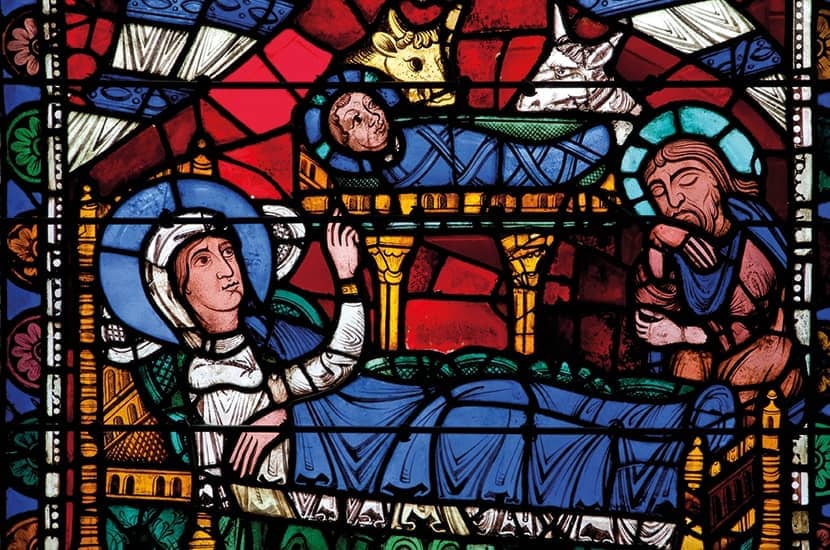In his new book on Europe’s cathedrals, Simon Jenkins begins with the claim that the greatest among them are our most important European works of art. Greater than the paintings of El Greco or Berthe Morisot? More momentous than the buildings of Mies van der Rohe or Norman Foster? More important than the organ music of J.S. Bach or the Duruflé Requiem?
Still, I see his point. Given the vast numbers who have visited these cathedrals over the centuries for worship or on tour, their powerful multimodal communication (cathedrals incorporate the visual arts, architecture, stained glass, music, wood- and iron-work, masonry, weaving and many other forms of expression) and the transcendence they have offered, whether through their inherent beauty or their sacredness, it seems possible to argue that no other form of human expression has had so powerful an impact on so many people.
This book is expertly written, as you would expect of a work by Jenkins on church architecture, with thoughtful discussions of the buildings’ contexts, descriptions of each cathedral’s awe-inspiring features and odd bits, and comprehensible technical explanations of how they create a powerful effect on worshippers and visitors. It is not a scholarly tome, intended to be read straight through. It is, like some of the author’s previous works, a lavishly illustrated and beautifully produced coffee-table sort of book; but Jenkins’s expertise and lively style shine forth. Dip in at any point and read an entry or three and you will be well rewarded.
I have spent time in many of the cathedrals included here (and, incidentally, was introduced for the first time to some of those Jenkins praises: this book is at least as much a to-do list as a keepsake). Canterbury cathedral has been a writing home to me, and I later visited Rowan Williams there when he was archbishop. Over months spent in Paris I often walked along the Seine and have seen Notre-Dame in many different lights and from many angles. I’ve also explored the hidden staircases and rooftops of Westminster Abbey with a former dean. Jenkins expertly captures what is greatest about these churches that I know well; he also notes the quirky design choices, analyses the successful, less effective or not-yet-begun restorations, and suggests the character of the memorials and statues within — the ungainly ‘junk shop’ of Westminster Abbey or Notre-Dame’s top-quality Virgin Mary theme park (his characterisation) before the 2019 fire.
I visited St Paul’s again just before reading this book and immediately nodded to myself at Jenkins’s observation that while London has heaped indignity on its greatest church by forcing it to ‘cower’ beneath the looming office towers of the booming metropolis, from the top floor of Tate Modern, St Paul’s can be seen to ride ‘on the backbone of its city in unchallenged majesty’. Jenkins enables us to see these glorious buildings through his eyes, and it is a gift. In each of these short entries, whether on Modena in northern Italy or Zaragoza la Seo in Aragon or ’s-Hertogenbosch in the Netherlands, I trust Jenkins’s eye to be accurate and his critical sensibilities to be astute.
Art is a reflection of the cultures that produce it, hence the value of the book’s introductions to the historical contexts and architectural movements that shaped these cathedrals. But great works of art (and, to repeat, the author judges these 100 buildings to be among our most notable achievements) go beyond time and place.
Jenkins laments the fact that he doesn’t share the same feeling of transcendence that a religious person does who visits these cathedrals. But we do not have to be formally religious to recognise that a thing of beauty can still provide an experience that pulls us out of our small lives and links us to something larger, whether that thing is human artistry, or a connection to human history, or a belief in God.
Some of us do go to religion seeking the sublime. But we must say that the divine — whatever that may be — is also speaking to us through Shakespeare or Toni Morrison, the music of Handel or Ella Fitzgerald, a painting by Giotto or Frida Kahlo, and certainly through a building such as a cathedral. Jenkins’s book is an authentic record of that speech, and this may be his greatest gift to his readers.






Comments